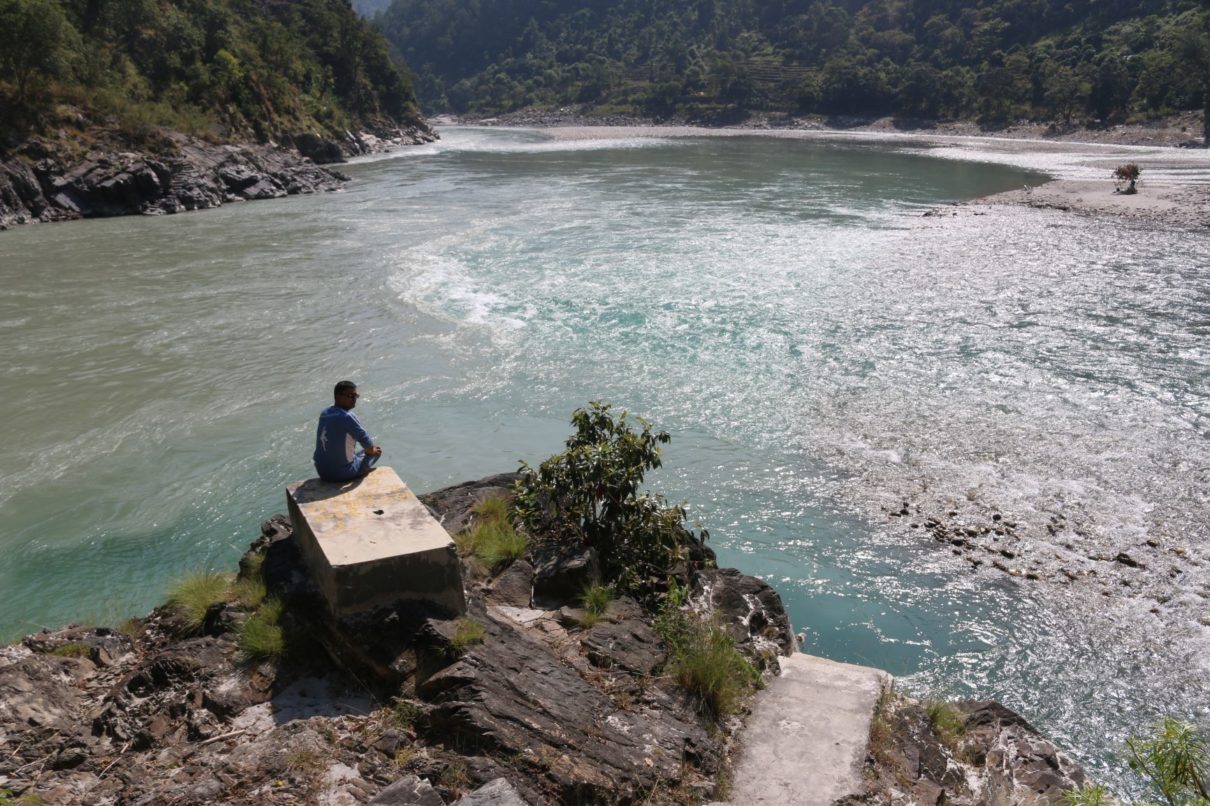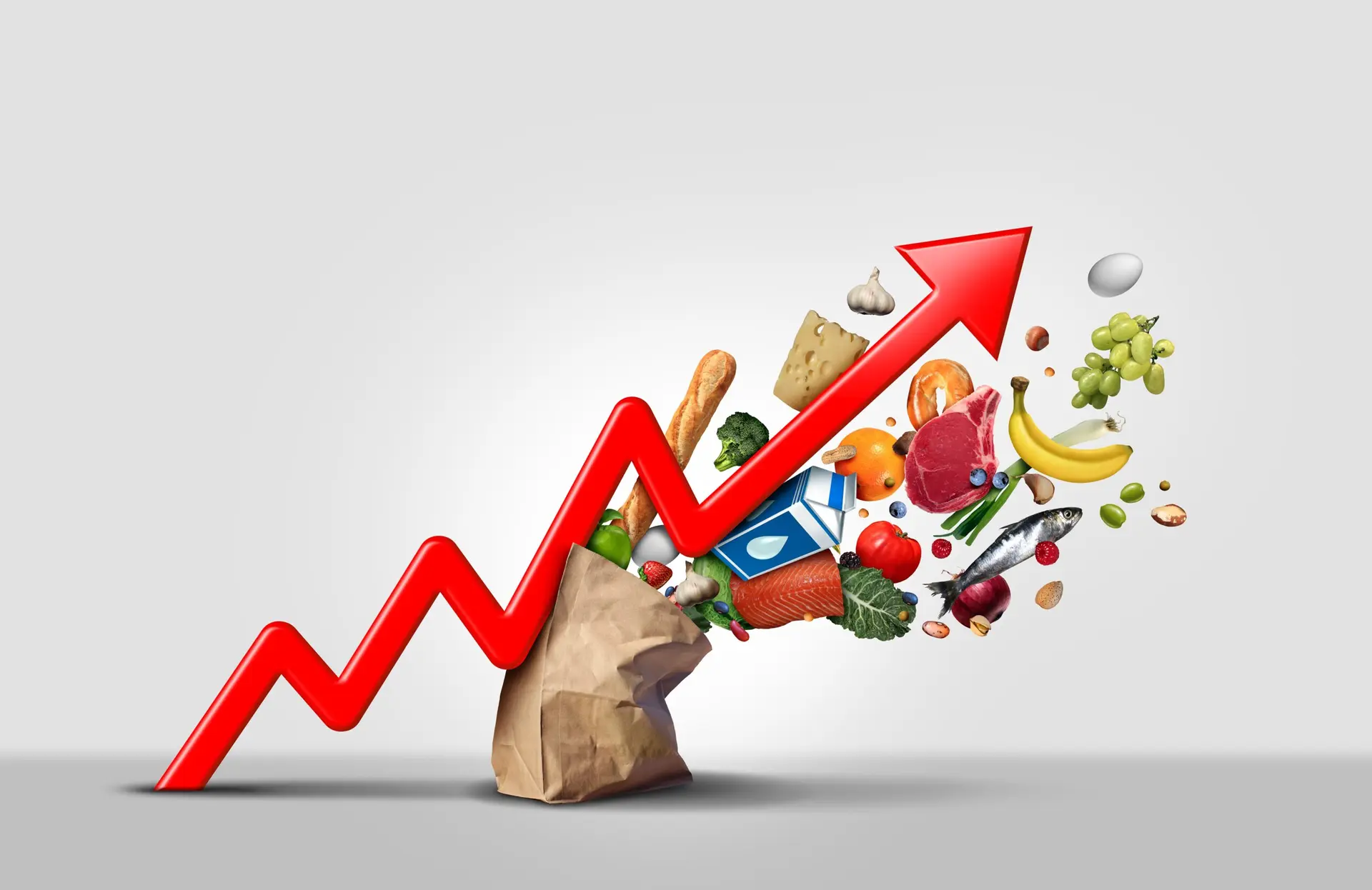Nilam Poudel, a make-up artist and LGBTIQA+ rights activist, agrees with Magar. Poudel frequently organizes events and fashion shows where, she says, those who are invited don’t even bother showing up. But in June everyone from politicians to actors to influencers are present. “During the pride month, I think many of us are also subjected to subtle discrimination in the name of positivity and support,” she says. For instance, receiving gifts as an influencer. “It’s not about the gifts but the fact that I’m only remembered in June. It’s not the same for other influencers,” she says.
Sarita KC, executive director at Mitini Nepal, an LGBTIQA+ rights organization, on the other hand, thinks differently. She believes that the support shown during June should be taken positively. “It’s a sign of solidarity. Everyone is trying to show their support in their own way. I don’t think that’s bad,” she says. But Poudel maintains there are people who carry a personal and selfish agenda behind showing their solidarity. She recently visited a restaurant that has been giving several discounts, commemorating the pride month. “It’s the same place that has discriminated against people I know that belong to the queer community. So, is it a sign of solidarity or just a business strategy?” she questions. Many non-governmental organizations, according to the activists, organize/invest in several programs and events in June. But Dilu Buduja (Badri Pun) from CPN (Unified Socialist) who identifies as a transman, believes it hasn’t made much impact on uplifting the lives of the people belonging to LGBTIQA+ community in rural areas. “I’m not against celebrating pride month, but it’s quite Kathmandu-centric,” he says, “And the lives of people from our communities won’t get any better if we don’t focus on the problems faced by people in the remote parts of Nepal.” Buduja also finds the role of the media to be a bit problematic. During the pride month, the media extensively covers news related to the LGBTIQA+ community, but the same enthusiasm lacks all year round. Even now, he says, articles are only about pride parade and other ‘entertaining’ events, with none focusing on the actual problems and scrutiny they face. “For instance, why don’t we see articles about the underrepresentation of people from our community in politics during the time of election? Our issues are often overlooked,” he says. Magar, the LGBTIQA+ rights activist, says she has been asked to give several interviews ever since June started. “I’m grateful for the platform I’m being given, but at the same time these are the same media outlets that have refrained from giving our issues any space during the rest of the months,” she says. Also, unlike the pride parade, LGBTIQA+ rights activists say, many rallies are organized during the other times of the year—be it regarding the legalization of same-sex marriage or citizenship issues—get minimal coverage. Aayam Poudel, a 24-year-old gay man, believes it’s because media outlets are more focused on getting good photos to pull in readers. “We don’t wear the same flashy clothes and carry rainbow flags at other rallies/protests, and that doesn’t grab the media’s attention,” he says. Bhumika Shrestha, an LGBTIQA+ rights activist, says it’s not that news media outlets haven’t shown interest in queer rights issues, but since the pride month is globally celebrated, it receives more attention. “There are journalists who support us through their coverage of programs and events we organize, be it in June or in any other month,” she says. Nevertheless, she believes that the coverage isn’t enough because they [Nepali news media] aren’t willing to approach the queer community members to understand and report on their issues. The coverage is mostly event based. Pinky Gurung, president of Blue Diamond Society, a LGBTIQA+ rights organization in Nepal, says that pride month has become more of a trend than a time for advocacy. But at the same time, it’s definitely bringing some change, albeit gradual. Even in the case of the pride parade, Gurung says that the number of participants, excluding the ones belonging to the LGBTIQA+ community, have been increasing, which shows people are trying to understand and accept them. “People are making an effort to understand the history behind the pride parade and its importance to queer individuals,” she says. But despite that, activists believe that the Nepali community has an open mind toward the LGBTIQA+ community during the pride month, but refrains from doing so all year round. “Maybe it’s because the mood is celebratory that people seem to accept us,” says Magar. “But we’re often subjected to derogatory comments and names for the rest of the year, making it difficult for us to accept ourselves.” Experts say
- Anik Rana Magar, an LGBTIQA+ rights activist, believes there’s a lot of hypocrisy among ‘allies’ who show their support during the pride month.
- “During the pride month, I think many of us are also subjected to subtle discrimination in the name of positivity and support,” says Nilam Poudel, a make-up artist and LGBTIQA+ rights activist.
- Bhumika Shrestha, an LGBTIQA+ rights activist, says it’s not that news media outlets haven’t shown interest in queer rights issues, but since the pride month is globally celebrated, it receives more attention.











